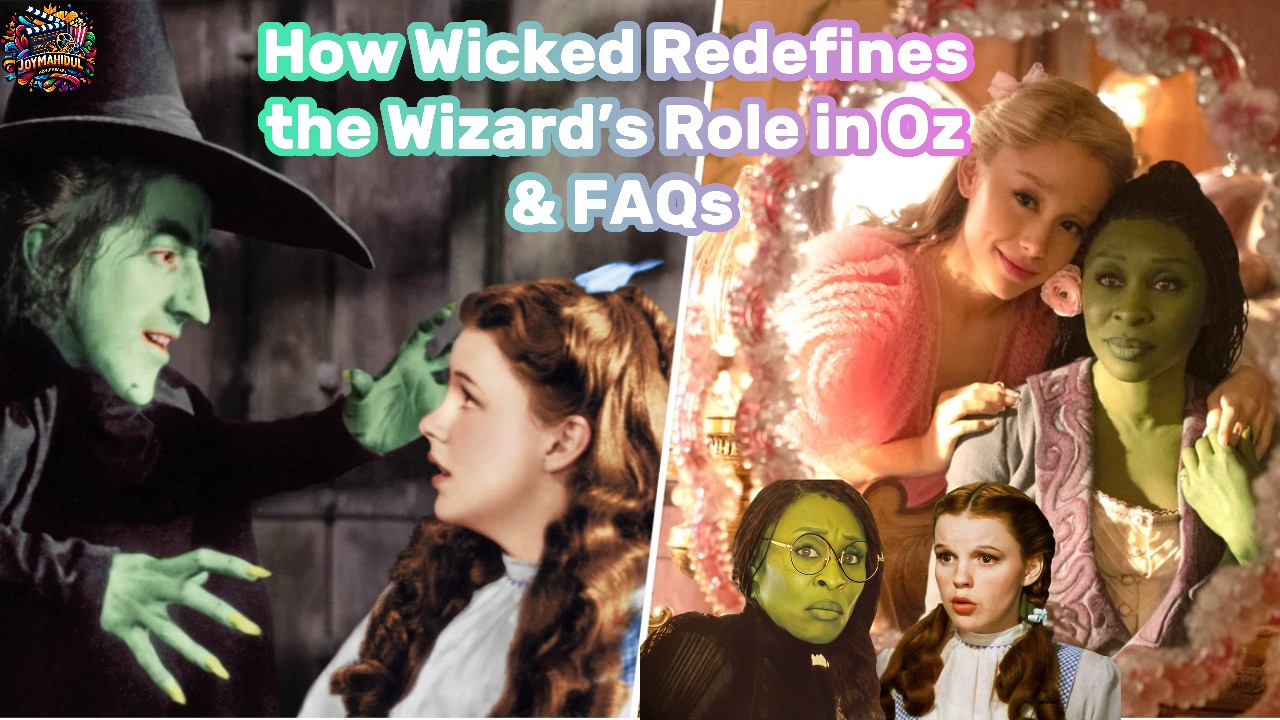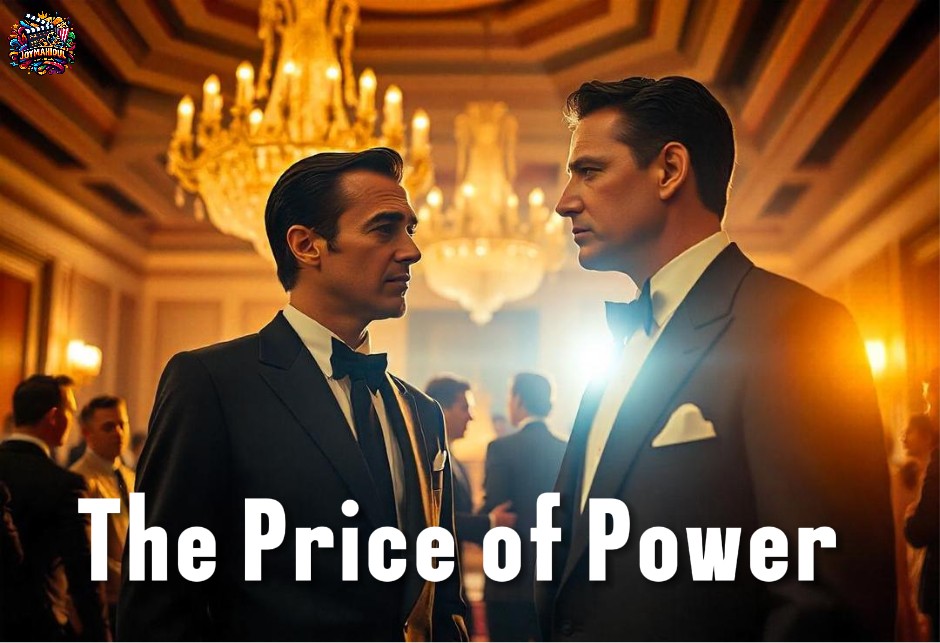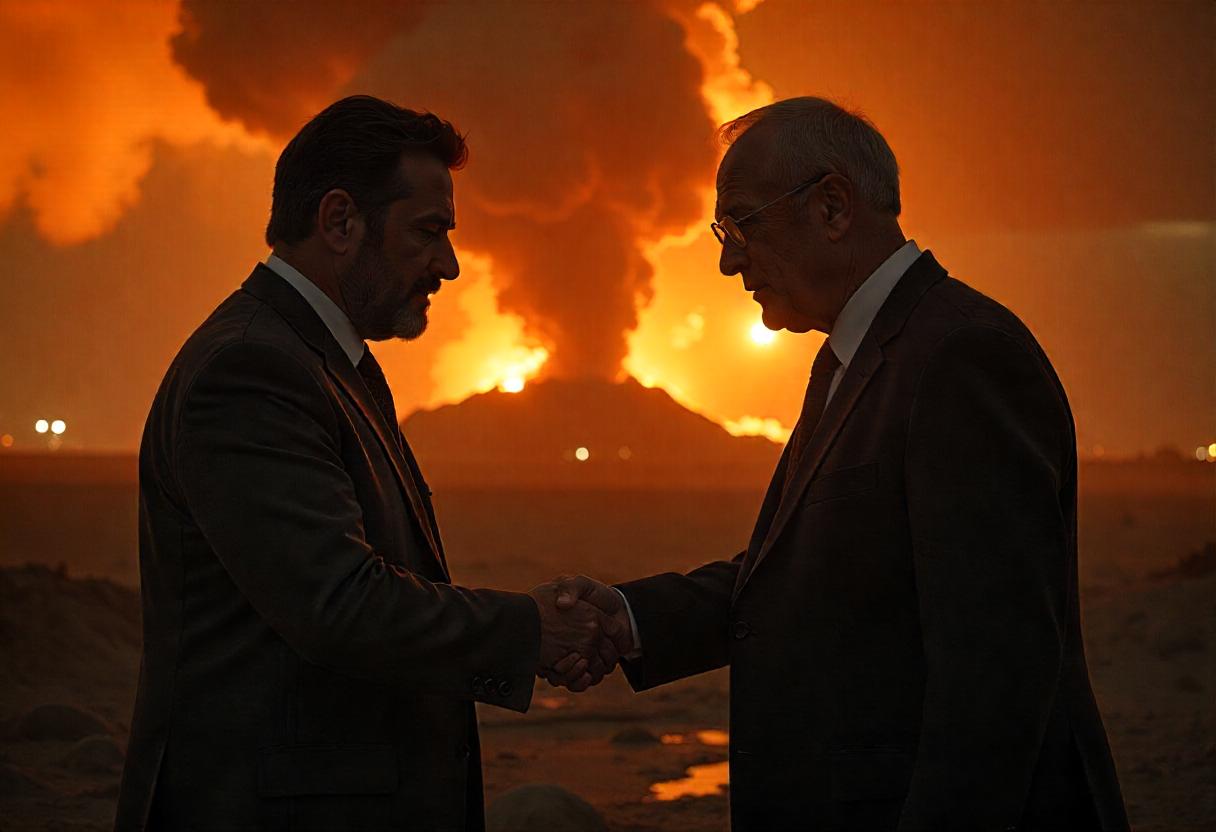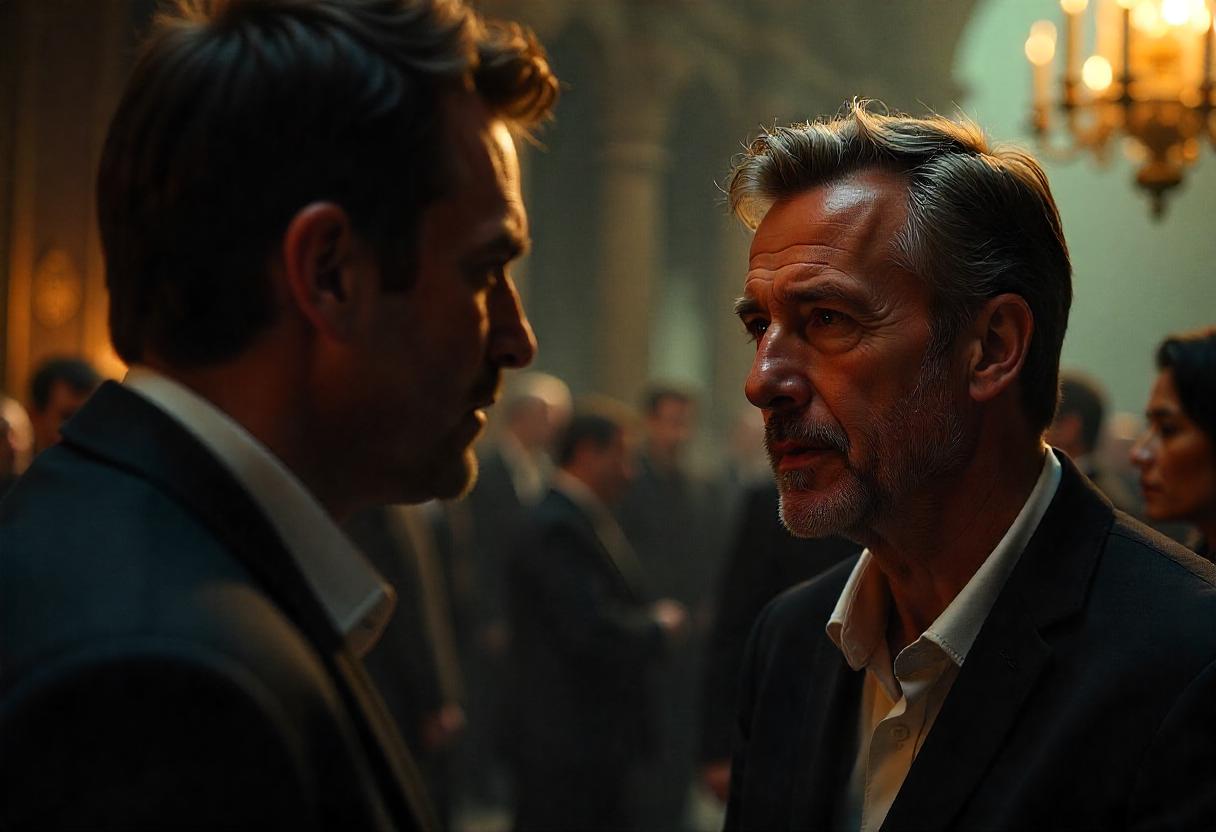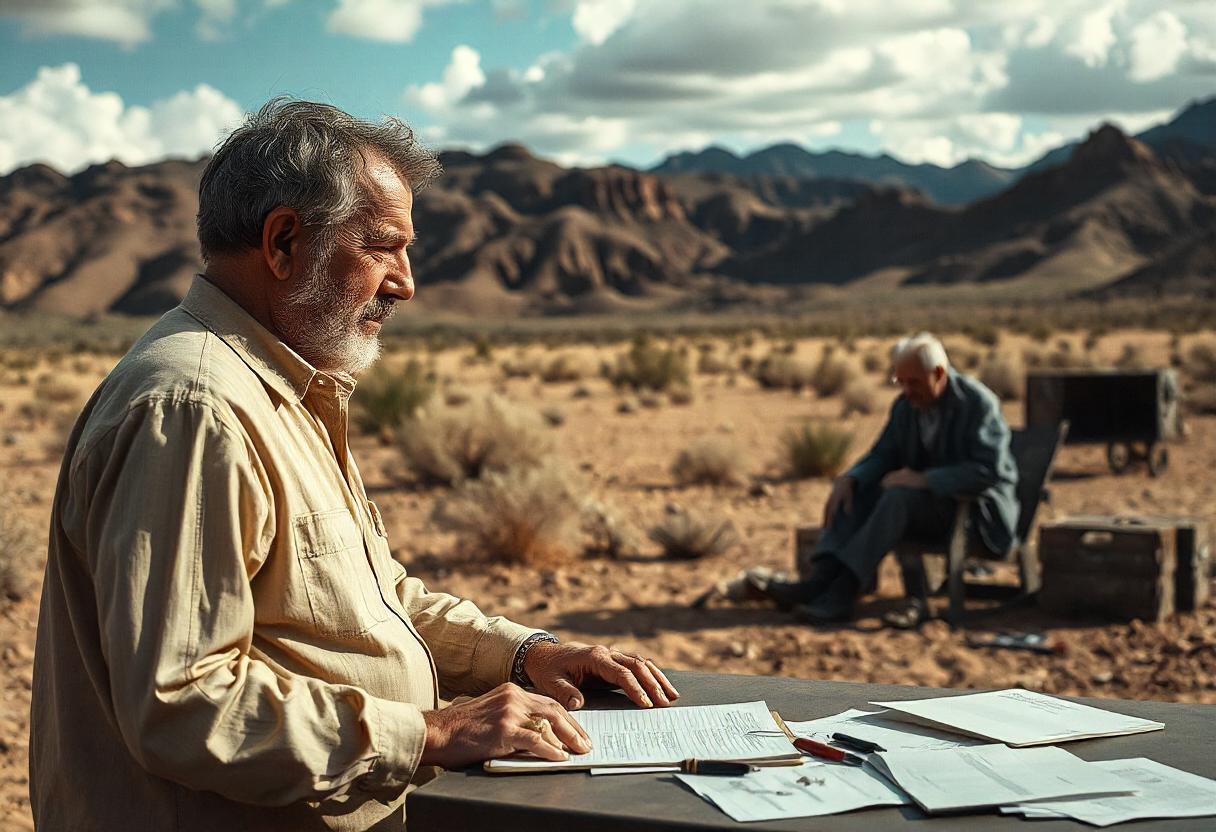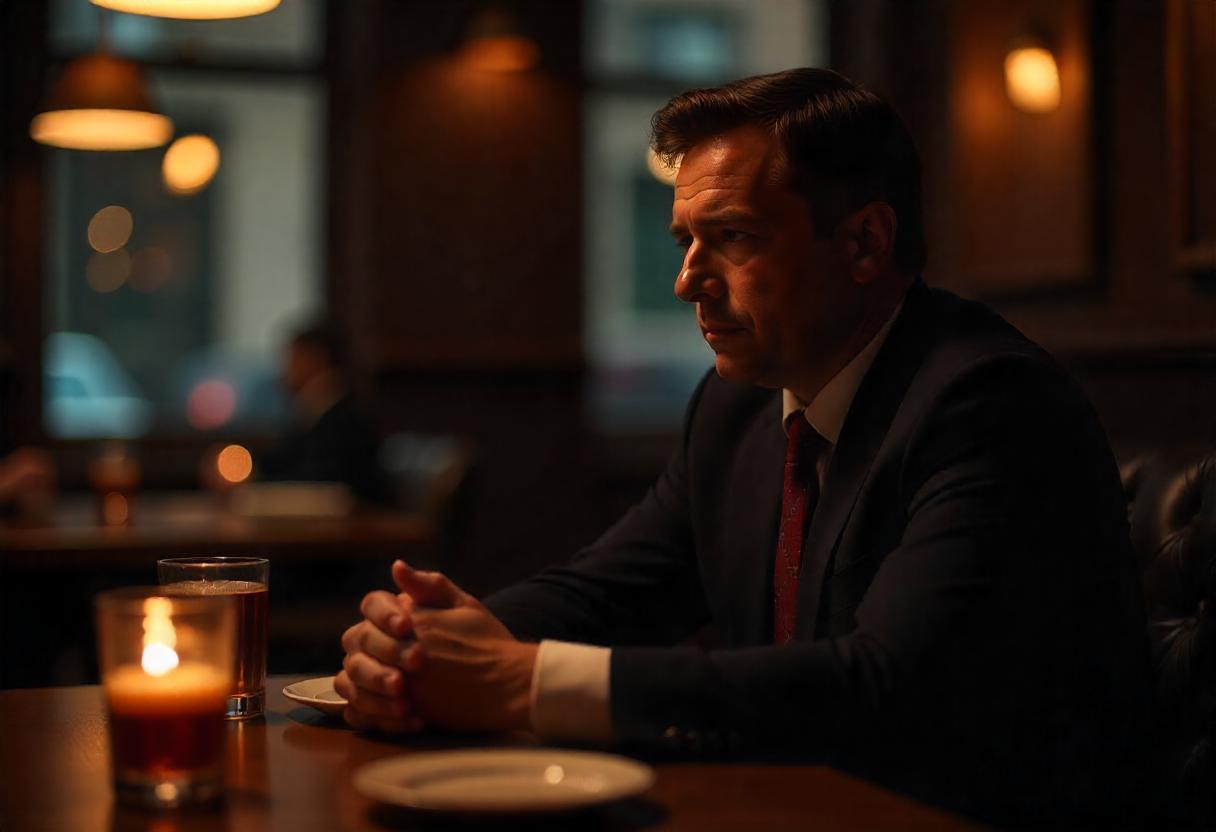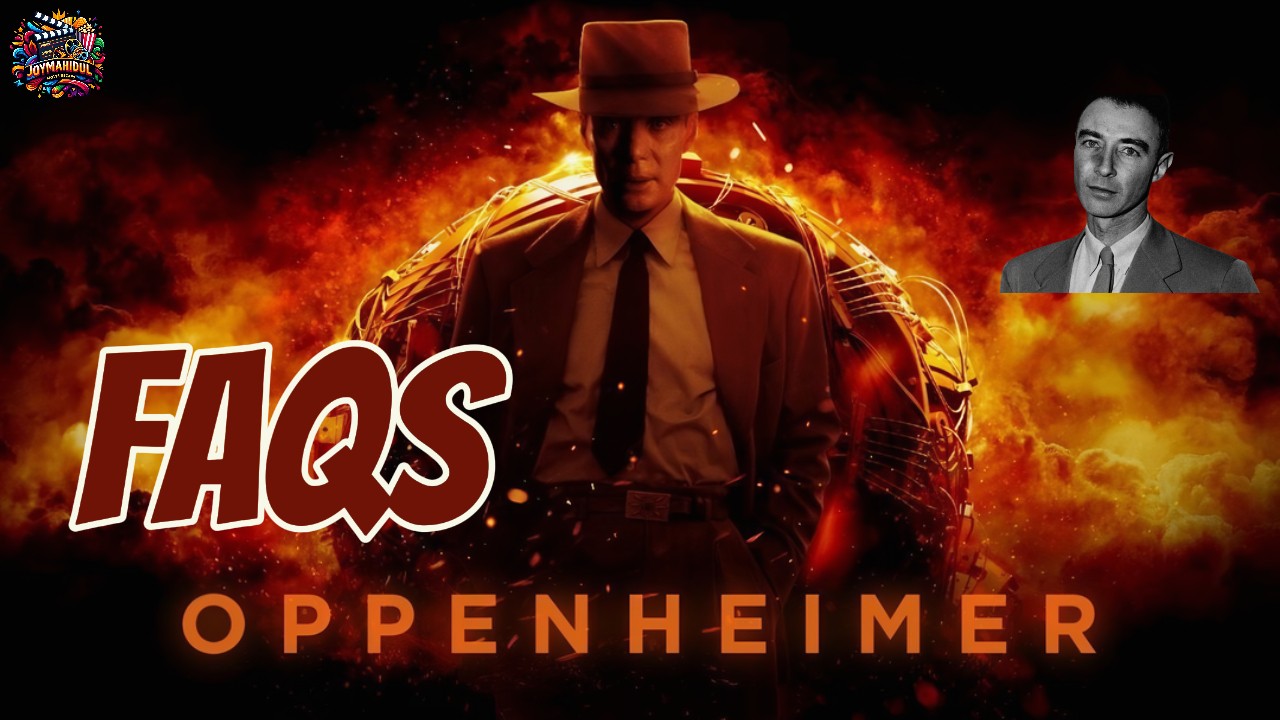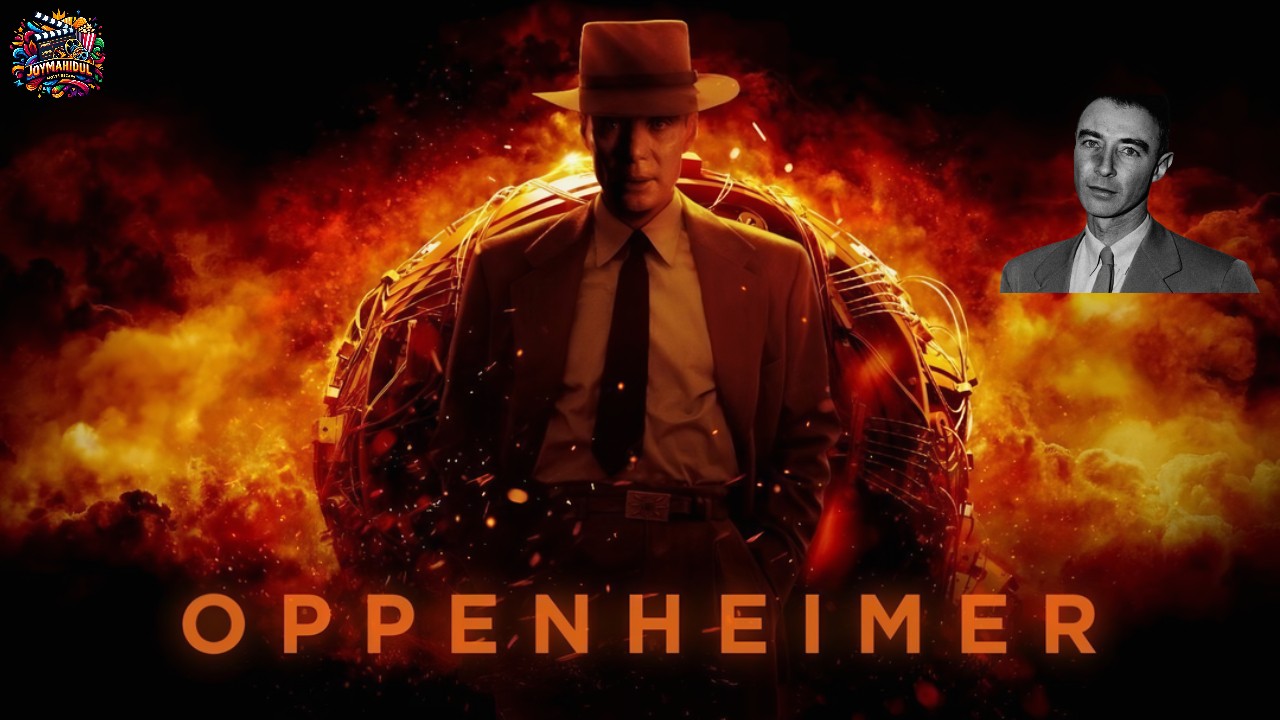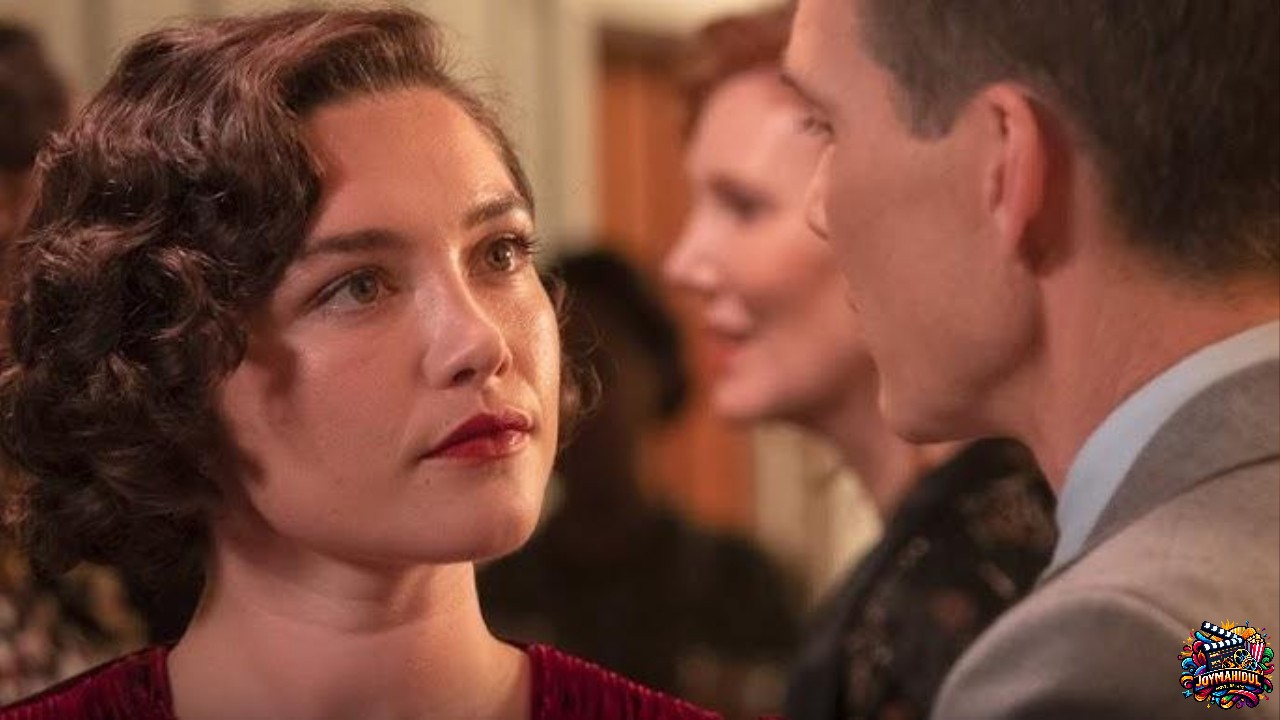Discover the untold stories behind Oz’s most iconic characters—Wicked redefines what it means to be good or evil.
When Wicked Meets The Wizard of Oz: The Hidden Connections That Redefine a Classic Tale
Introduction: Revisiting the Land of Oz
Some stories transcend time, becoming cultural touchstones for generations. One unforgettable film is The Wizard of Oz (1939). It captured hearts with its whimsical world. The characters are lovable, and the songs are unforgettable. Decades later, Wicked (2024) brings a new perspective, unraveling the untold tales of Oz’s most misunderstood characters.
But how do these two cinematic worlds connect? What hidden threads link the Wicked Witch of the West with Dorothy’s journey down the Yellow Brick Road? Let’s explore the cinematic crossover where nostalgia meets a modern reimagining, weaving a tale of friendship, betrayal, and redemption.
Setting the Scene: Oz, Old and New
The Wizard of Oz (1939): A Timeless Classic
The original movie is about Dorothy, a farm girl from Kansas. A tornado takes her to the magical land of Oz. With her friends, the Scarecrow, Tin Man, and Cowardly Lion, she goes on a journey to get home. They face the Wicked Witch of the West during their adventure.
Key themes include courage, self-discovery, and the power of friendship. For decades, the Wicked Witch was seen as a purely evil antagonist, with little explanation for her actions or backstory.
Wicked (2024): A New Perspective
Wicked, based on Gregory Maguire’s book and the popular Broadway show, changes the story.It tells the story of Elphaba, a girl with green skin, who becomes the famous Wicked Witch of the West. Her battles with bias, political problems, and her difficult friendship with Glinda the Good Witch are the heart of the story.
By humanizing Elphaba, Wicked challenges viewers to rethink what it means to be “good” or “evil” in the land of Oz.
The Story Begins: How Wicked Connects to The Wizard of Oz
- Elphaba’s Origin Story:
In The Wizard of Oz, Elphaba is the bad guy. In Wicked, she’s the protagonist—a misunderstood young woman with extraordinary powers. Born with green skin, Elphaba faces discrimination from childhood, setting the stage for her eventual transformation into the Wicked Witch.This backstory provides context for her actions in The Wizard of Oz. Her opposition to the Wizard stems not from malice but from her disillusionment with his corrupt rule over Oz. - Glinda’s Evolution:
Glinda, the bubbly and benevolent Good Witch in The Wizard of Oz, has a more complex backstory in Wicked. Her friendship with Elphaba is central to the plot, showing how the two women started as allies before their differences drove them apart.Glinda’s rise to power comes with compromises, shedding light on her seemingly perfect image in The Wizard of Oz. - The Scarecrow, Tin Man, and Cowardly Lion:
In Wicked, these iconic characters from The Wizard of Oz are given new origins. For instance, the Scarecrow is revealed to have a tragic connection to Elphaba, adding depth to his role in Dorothy’s journey. - The Wizard’s Corruption:
The Wizard, a kindly figure in the 1939 movie, is portrayed as a manipulative and oppressive ruler in Wicked. This reimagining casts his conflict with Elphaba in a new light, framing her rebellion as an act of justice rather than villainy.
The Conflict: A Story of Betrayal and Forgiveness
Themes That Unite Both Stories:
- Identity and Acceptance:
Elphaba’s struggles mirror Dorothy’s journey of self-discovery. While Dorothy seeks a way home, Elphaba seeks acceptance in a world that fears her. - Power and Corruption:
The Wizard’s misuse of power is central to both movies, highlighting the moral complexities of leadership and rebellion. - Friendship and Loss:
The bond between Elphaba and Glinda is both the heart of Wicked and a tragic reminder of how differing paths can divide even the closest of friends.
Speculative Connections:
Imagine if Dorothy had met Elphaba before she became the Wicked Witch. Could they have been allies against the Wizard’s tyranny? This speculative reimagining adds another layer to the crossover potential of these two stories.
The Resolution: Bridging the Gap Between Old and New
Wicked’s Impact on The Wizard of Oz:
By providing a nuanced backstory for Elphaba, Wicked reshapes how we view her actions in The Wizard of Oz. She’s no longer just the antagonist but a symbol of resilience and rebellion against injustice.
A Legacy Reimagined:
Wicked is more than just a companion to The Wizard of Oz; it changes how we see it. It questions the usual ideas of good and bad, urging viewers to dig deeper and feel for characters usually seen as bad guys.
Conclusion: Why Wicked is Important to The Wizard of Oz Fans
For fans of The Wizard of Oz, Wicked offers a fresh perspective that enriches the original story. It bridges the gap between nostalgia and modern storytelling, creating a cinematic crossover that feels both familiar and new.
So, whether you’re revisiting the Yellow Brick Road or seeing Oz through Elphaba’s eyes for the first time, one thing is clear: the magic of Oz is timeless, and its stories will continue to evolve for generations to come.
What are your thoughts on the connections between Wicked and The Wizard of Oz? Which character’s story would you like to see reimagined next? Share your ideas in the comments below or explore more speculative movie connections on Joymahidul.com.
FAQs About Wicked (2024) and The Wizard of Oz (1939)
- How does Wicked (2024) connect to The Wizard of Oz (1939)?
Wicked tells the story of the Wicked Witch of the West, Elphaba, which is not talked about in The Wizard of Oz.It reimagines her as a misunderstood character who becomes a villain due to political corruption and prejudice. The Wizard of Oz presents Elphaba as the antagonist, while Wicked shows her as a complex, sympathetic character. - What are the key differences between Wicked and The Wizard of Oz?
The key difference is perspective. The Wizard of Oz focuses on Dorothy’s journey to Oz and her battle against the Wicked Witch, while Wicked tells the story from Elphaba’s point of view. It explores her friendship with Glinda, her struggles with acceptance, and her opposition to the Wizard’s corrupt rule, giving her a more nuanced role than just the villain. - Why did Wicked choose to tell Elphaba’s story?
Wicked tells the story of the Wicked Witch in a new way, showing her as a deep character with real reasons for her actions. It explores why Elphaba turned out the way she did, highlighting her challenges and her fight against unfairness. This view questions the simple good and bad in The Wizard of Oz and encourages people to think about what good and evil really mean. - Is Wicked a prequel to The Wizard of Oz?
Yes, in a way. Wicked is set before The Wizard of Oz. It gives a backstory for characters like Elphaba and Glinda. It also shows how characters from The Wizard of Oz, like the Scarecrow, Tin Man, and Cowardly Lion, were created. However, Wicked tells its own story and themes, focusing on these characters’ journeys instead of simply retelling The Wizard of Oz. - Can Wicked be enjoyed by people who haven’t seen The Wizard of Oz?
Yes! Wicked is related to The Wizard of Oz, but it is also a unique story about friendship, politics, and personal growth. Watching The Wizard of Oz can help you notice hints and references from the original movie, making it more fun for fans.
Wicked Part One Movie Review By Joymahidul
Top 20 FAQs About Wicked: Part One – Story and Sequel Hints
Wicked: Part One Post-Credit Scene Explained – Part Two
Wicked (2024) and Classic Movies Cinematic Connections & FAQs
